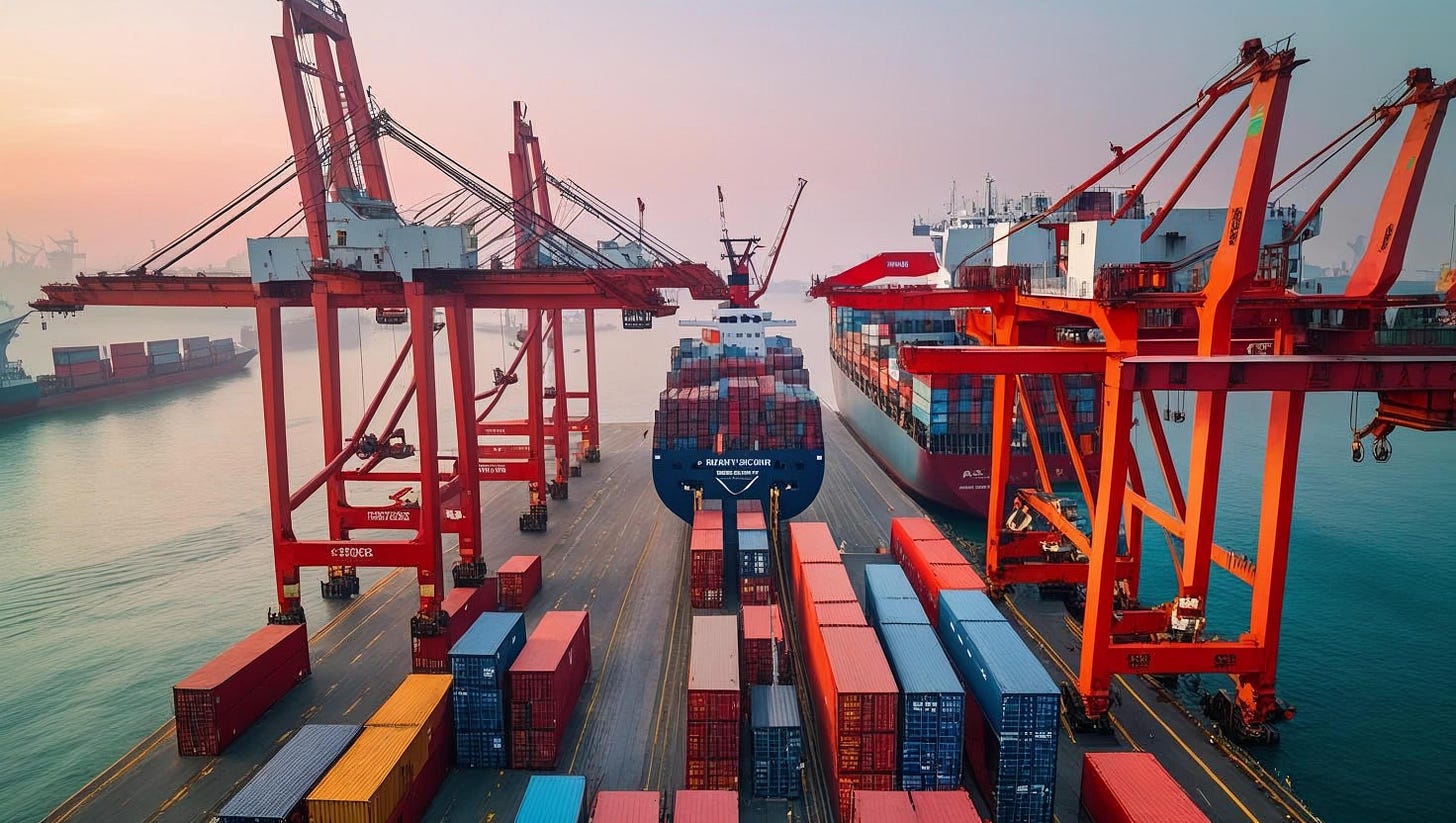Due Diligence and Access to Finance in the EU
A Strategic Guide for Export-Oriented Companies Operating in the EU Market
As the EU advances its regulatory framework on sustainability, corporate transparency, and trade compliance, export-oriented companies must evolve their internal systems accordingly. Due diligence is no longer just a matter of financial audits or legal vetting—it now encompasses environmental and social risk assessments, supply chain transparency, and climate resilience strategies. In parallel, the EU offers a variety of financing instruments that reward firms demonstrating alignment with these evolving norms.
This guide outlines the key stages of EU-aligned due diligence, the main public and blended financing instruments available to exporters, and the sustainability-linked regulatory frameworks that companies must anticipate. It is tailored for firms—especially SMEs and midcaps—seeking to enter or expand within EU markets.
The Components of EU-Aligned Due Diligence
The EU encourages a proactive and risk-based due diligence process rooted in the OECD Guidelines for Multinational Enterprises (OECD, 2018). These guidelines are reinforced by the EU’s own regulatory developments, particularly the Corporate Sustainability Due Diligence Directive (CSDDD) adopted in 2024.
Due diligence for exporters typically includes the following components:
Market and Partner Risk Analysis: Companies are expected to analyze not only market dynamics but also political risk, legal compatibility, and the reputation of business partners. Screening against EU sanctions lists and trade restrictions is essential, especially in a geopolitical environment marked by Russia’s invasion of Ukraine and tensions around China-EU trade relations (European Commission, 2023).
Financial Health and Transparency: Companies applying for EU funding or loans must demonstrate sound financials, usually supported by audited accounts and future cash flow projections. EU financial institutions, including the European Investment Bank (EIB), emphasize the importance of long-term solvency and investment-readiness (EIB, 2023).
Legal and Regulatory Compliance: Exporters to the EU must ensure compliance with a wide array of regulations such as REACH (chemicals), CE marking (product standards), GDPR (data privacy), and export controls (dual-use goods). Legal teams should also ensure that contracts are aligned with EU consumer protection and competition law (European Commission, 2022).
Environmental and Social Impact Assessment: The CSDDD obliges large EU companies—and indirectly their suppliers—to identify and mitigate environmental harm and human rights violations across their value chains (EU Regulation 2024/1760). This includes labor rights, biodiversity loss, land tenure violations, and supply chain emissions.
Governance and Internal Controls: Exporters are expected to demonstrate solid governance practices, including board-level oversight, whistleblower protection, anti-bribery protocols, and climate risk planning. For example, companies applying for green finance under EU taxonomies must publish transition plans aligned with the EU’s 2050 climate neutrality goal (CSRD, 2022/2464).
Financing Instruments for Exporters in the EU
The EU offers a broad ecosystem of funding mechanisms for export-ready businesses, often combining public guarantees with private capital (blended finance). Key mechanisms include:
Keep reading with a 7-day free trial
Subscribe to Luvian Global Insights to keep reading this post and get 7 days of free access to the full post archives.




